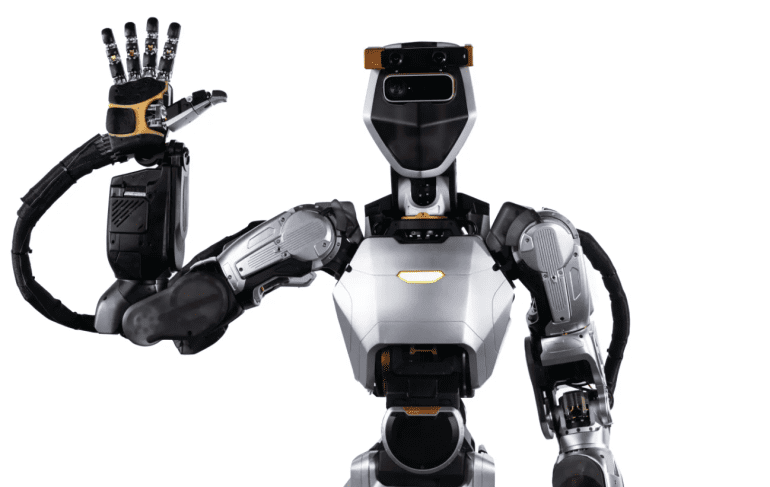- Sanctuary AI unveils a seventh-generation humanoid robot, marking significant advancements in efficiency and affordability.
- Emphasis on upper body mechanics showcases human-like movements and rapid learning capabilities.
- The shift in focus toward intelligence highlights the potential for adaptive learning in robotics.
- CEO Geordie Rose asserts the seventh-generation Phoenix as a cornerstone in the journey towards artificial general intelligence.
- Sanctuary’s claim of task mastery within 24 hours demonstrates promising strides in automation.
- Continuous refinement of technology enhances uptime, mobility, and cost-effectiveness.
Main AI News:
Sanctuary AI, a notable contender in the humanoid robotics arena, distinguishes itself with its latest innovation, setting a new standard for efficiency and affordability in the field. While other firms like Boston Dynamics and Agility have garnered significant attention, Sanctuary has quietly honed its craft, culminating in the unveiling of the seventh iteration of its Phoenix line.
In its latest unveiling, Sanctuary places emphasis on the upper body mechanics of its humanoid robot, showcasing its remarkably human-like movements and rapid learning capabilities. Videos of the robot in action highlight its adeptness at sorting products with impressive speed, underscoring its potential for various industrial applications.
Traditionally, discussions surrounding humanoid robots have centered on their mechanical prowess and navigation abilities. However, the true future of these systems lies in their intelligence. While achieving “general intelligence” remains a lofty goal, Sanctuary’s advancements suggest a promising trajectory towards robots capable of adaptive learning akin to their human counterparts.
According to co-founder and CEO Geordie Rose, the seventh-generation Phoenix represents a significant leap forward, bearing resemblance to human capabilities like never before. This breakthrough not only propels the evolution of AI robotics but also paves the way for artificial general intelligence—a milestone that Sanctuary proudly champions.
While the speed and efficacy of task automation may vary, Sanctuary’s claim of the Phoenix mastering new tasks within 24 hours signifies a remarkable achievement in robotics. Despite the simplicity of tasks showcased in demonstrations, such as object sorting by color, Sanctuary’s track record of deployment and recent partnerships attest to the practicality and scalability of its technology.
With each iteration, Sanctuary continues to refine its humanoid robots, delivering improvements in uptime, mobility, weight, and cost-effectiveness. The seventh-generation Phoenix stands as a testament to Sanctuary’s commitment to innovation, which is poised to reshape industries and accelerate the adoption of AI-driven automation.
Conclusion:
Sanctuary AI’s latest innovation represents a significant milestone in the robotics market. By combining human-like mechanics with rapid learning capabilities, the seventh-generation Phoenix sets a new standard for efficiency and affordability. As the industry moves closer to achieving artificial general intelligence, Sanctuary’s advancements position it as a key player in shaping the future of automation across various sectors.

